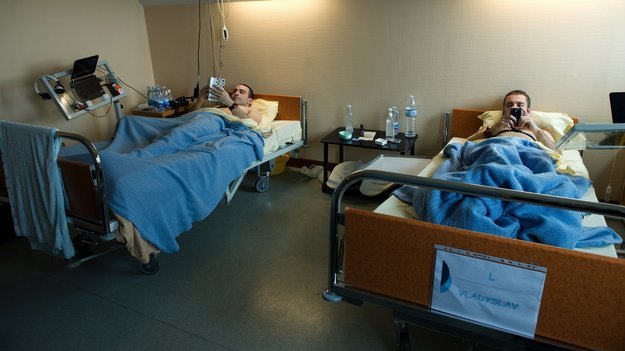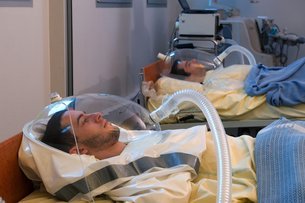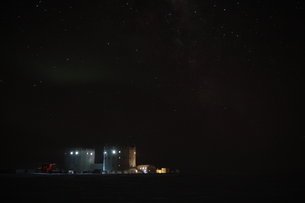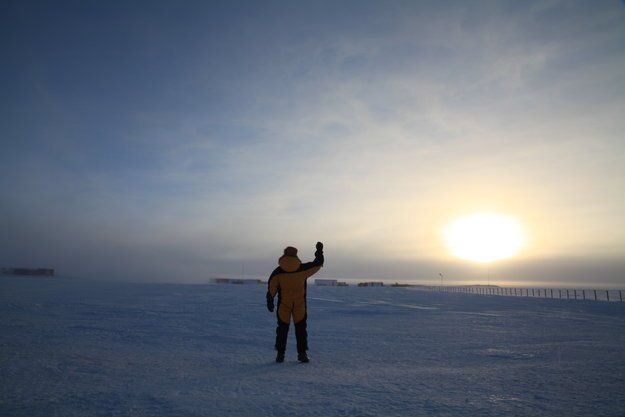
Changes in gravity levels for research purposes can be simulated on Earth, and ESA offers a number of programmes for researchers to test theories without launching experiments into space.
Similar to the hypergravity centrifuge, small experiments can be rotated continuously around two or three axes. Over time, the force of gravity is statistically reduced to zero. These studies can be a good starting point for further gravity research.
Space on Earth
You don’t need to send an astronaut to space in order to study how humans adapt to weightlessness and isolation.
Bedrest volunteers spend five to 60 days in bed tilted towards the head end, usually, at 6° below the horizontal. They may not stand up unless the research demands it and must perform all daily activities in bed, including eating, showers and exercise.
By submitting themselves to this upside-down regime, the volunteers’ bodies start to adapt as though in space.
Scientists monitor the volunteers continuously to understand how their bodies change and why. Results allow measures to be devised that will help astronauts on space missions as well as bedridden people recuperating from illness. They are an ideal opportunity for researchers to test equipment and monitor healthy patients intensively – the volunteers are not going anywhere.
Remote isolation
Concordia research station in Antarctica sits on a plateau 3200 m above sea level. A place of extremes, temperatures can drop to –80°C in the winter, with a yearly average temperature of –50°C.

As Concordia lies at the very southern tip of Earth, the Sun does not rise above the horizon in the winter and does not set in the summer. The crew must live without sunlight for four months of the year.
Apart from the effects of isolation and sensory deprivation, Concordia has another trick up its sleeve. The thin air holds less oxygen than at sea level. The crew live in a permanent state of hypoxia – lack of oxygen.

Designing space missions with lower atmospheric pressure is easier for engineers. Similar to commercial aircraft, spacecraft and planetary structures can be lighter if the internal air pressure is lowered. In addition, less time is needed to prepare physically for spacewalks.
Concordia crewmembers are generally not adapted to living at high altitude with little oxygen. Observing how their bodies adapt gives a good indication as to how astronauts will adapt to spaceflight far from Earth.

Congratulations @gamer120! You have completed some achievement on Steemit and have been rewarded with new badge(s) :
Click on the badge to view your Board of Honor.
If you no longer want to receive notifications, reply to this comment with the word
STOPDownvoting a post can decrease pending rewards and make it less visible. Common reasons:
Submit